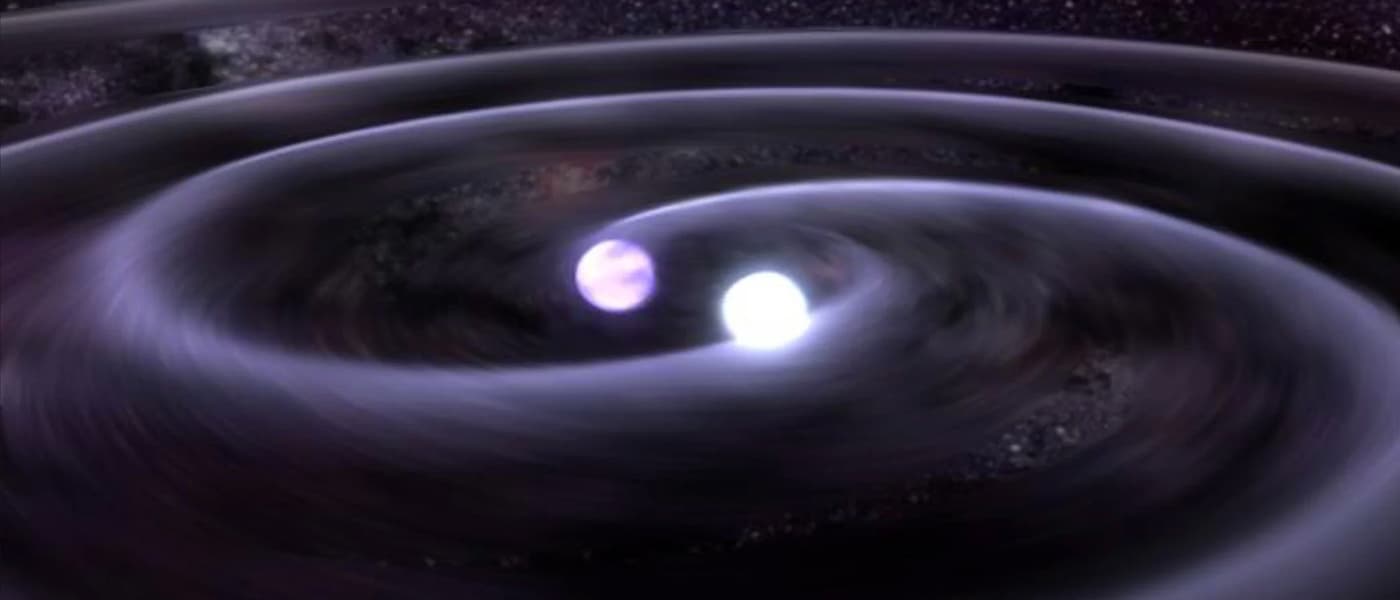What Is Antimatter?
Antimatter is not just the fictional fuel powering the Enterprise during its journeys on Star Trek. Quite the contrary, antimatter is something that scientists are currently utilizing. In fact, antihydrogen was created in 1995 (although it didn’t last long).
Antimatter, simply, is matter with its electrical charge reversed. For example, antiprotons are like protons but with a negative charge.
Primordial antimatter has yet to be observed in the universe, but antiparticles are being created in particle accelerator labs. They can even be trapped and stored for weeks at a time. For example, positrons (a type of antiparticle) are now being produced for numerous studies thanks to CERN.
But storing antimatter can be challenging. Upon meeting, matter and antimatter annihilate one another, leaving behind other subatomic particles. This process results in an explosion that emits pure radiation traveling at the speed of light. It's important, then, to keep antimatter away from ordinary matter. In hydrogen's case, scientists take advantage of antihydrogen's magnetic properties to trap them long enough to study them.
Antimatter Fun Facts
While we don't know everything about antimatter, we have learned quite a bit so far, including these 10 fun facts.
- Antimatter responds to gravity the same as normal matter (it does not repel material). As was noted, antimatter and matter particles have the same mass but differ in properties, like electric charge and spin. The Standard Model predicts that gravity should have the same effect on matter and antimatter, and we have no real reason to believe otherwise.
- It would cost us $100 billion to create one milligram of antimatter (the minimum amount needed for large-scale applications, like power or propulsion).
- Scientists may have discovered a particle that is both matter and antimatter.
- The Big Bang should have created antimatter and matter in equal amounts. If that had been so, everything would have been destroyed in, well, a bigger bang. As far as scientists know, there must have been one extra matter particle for every billion matter-antimatter pairs. Physicists are still trying to understand why the universe didn't annihilate itself and why this asymmetry exists.
- Bananas produce antimatter (one positron every 75 minutes). Yes, you can still safely eat bananas. They're only a little radioactive.
- You could be producing positrons right now. Don't worry though. They don't survive long enough to react with ordinary matter and become dangerous.
- If all the antimatter ever made by humans were annihilated at once, the energy produced wouldn’t even be enough to boil a cup of tea.
- However, in 2009, antimatter triggered the largest explosion ever recorded in the known universe.
- In 1964, physicists found that the weak force is not quite symmetrical in its dealings with matter and antimatter, resulting in something known as "CP violation."
- A mirror antimatter universe could exist, in theory. Many fictional movies, books, comics, etc. deal with this concept. The Justice League's Evil Counterpart, the Crime Syndicate, for example, comes from an antimatter universe.
Share This Article
